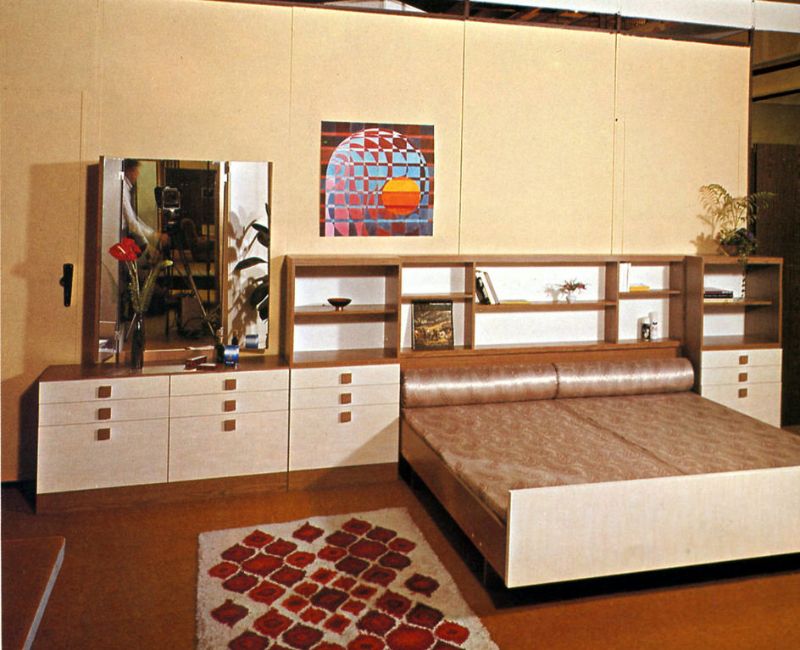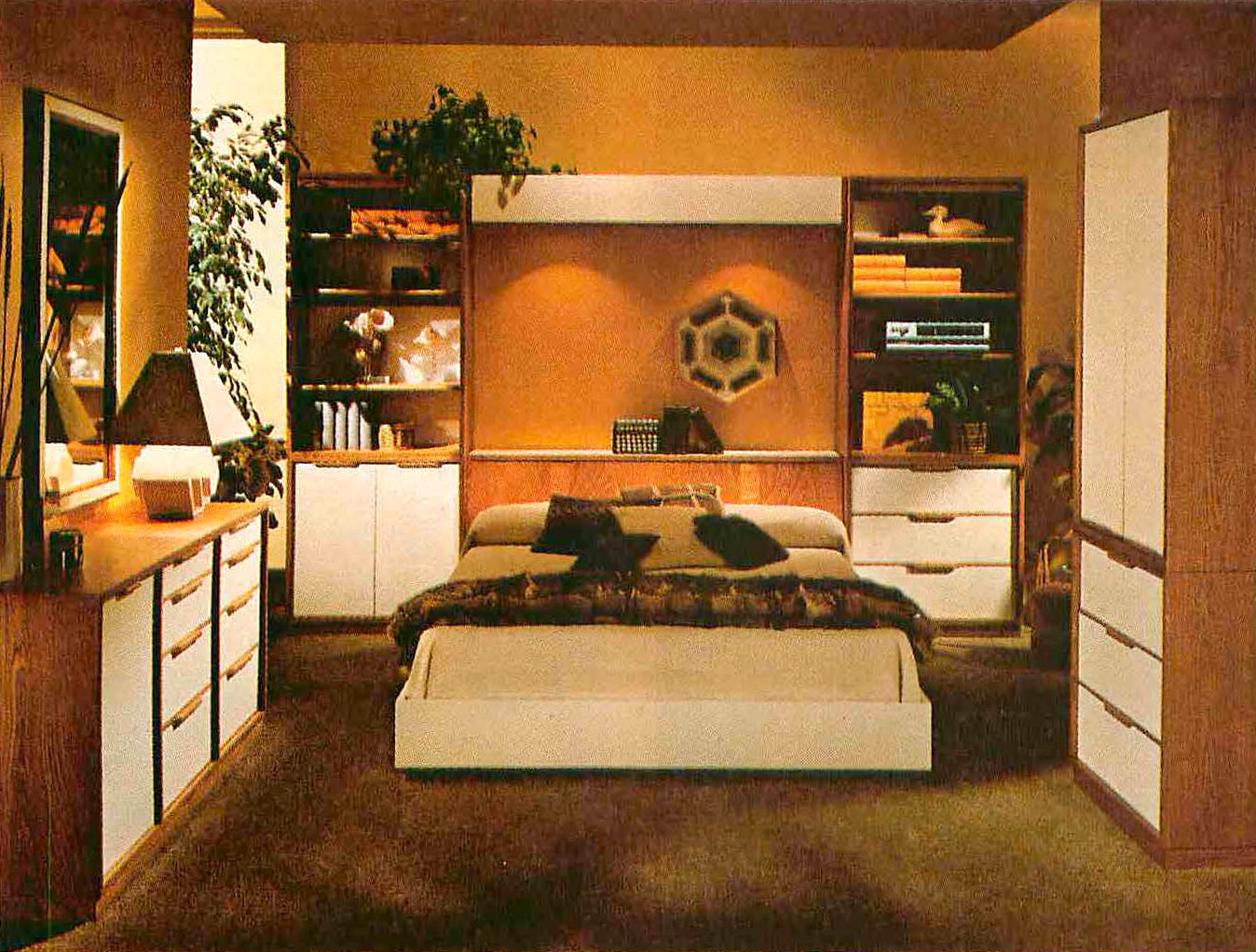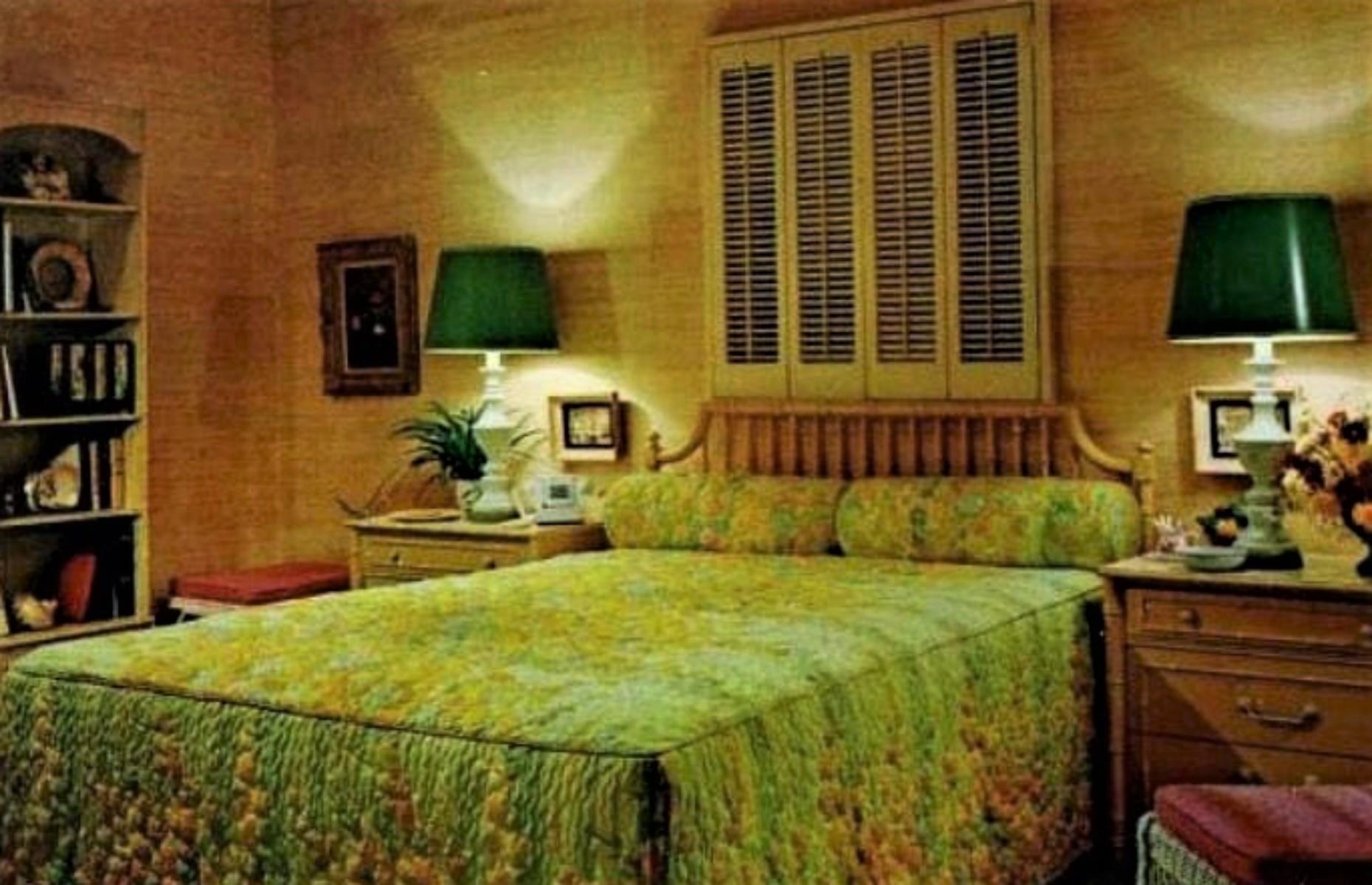The Rise of the Dixie Style: 1970’s Dixie Bedroom Furniture
The 1970s was a decade of significant change, marked by social and cultural shifts that deeply impacted furniture design. The rise of the Dixie style emerged as a response to the growing desire for comfortable, traditional, and nostalgic furniture.
The Dixie style, also known as Southern Traditional or Plantation style, drew inspiration from the antebellum South, embracing the elegance and charm of the pre-Civil War era. This style became popular throughout the 1970s, particularly in the Southern United States, but also gained widespread appeal across the country.
The Influence of the 1970s
The 1970s saw a resurgence of interest in traditional values and a longing for simpler times. This sentiment played a crucial role in the rise of the Dixie style, which offered a sense of comfort, familiarity, and nostalgia. The decade also witnessed a growing appreciation for handcrafted furniture and a rejection of mass-produced, modern designs.
Key Elements of the Dixie Style, 1970’s dixie bedroom furniture
The Dixie style is characterized by its use of warm, inviting materials, rich colors, and intricate details that evoke a sense of history and craftsmanship.
Materials
- Solid wood: Oak, cherry, mahogany, and pine were popular choices, known for their durability and natural beauty.
- Natural fabrics: Cotton, linen, and velvet were used for upholstery, adding a touch of elegance and comfort.
- Brass hardware: Ornate handles, hinges, and other decorative elements were often made of brass, adding a touch of sophistication and vintage appeal.
Colors
- Warm neutrals: Cream, beige, and brown were commonly used to create a sense of warmth and tranquility.
- Rich jewel tones: Emerald green, sapphire blue, and ruby red were often incorporated as accent colors, adding a touch of vibrancy and sophistication.
Motifs
- Floral patterns: Floral prints and embroidery were popular for upholstery and drapery, adding a touch of femininity and romance.
- Friezes and moldings: Intricate carvings and moldings adorned furniture pieces, adding a sense of craftsmanship and detail.
- Southern motifs: Plantation scenes, magnolia blossoms, and other Southern-inspired designs were often incorporated, evoking a sense of place and tradition.
Popular Manufacturers and Designers
Several furniture manufacturers and designers contributed significantly to the Dixie style’s popularity in the 1970s.
- Henredon: Known for its high-quality, handcrafted furniture, Henredon embraced the Dixie style, producing pieces with intricate carvings and traditional designs.
- Baker Furniture: Another renowned furniture maker, Baker Furniture incorporated Dixie elements into its collections, creating pieces that combined traditional craftsmanship with modern elegance.
- Thomasville Furniture: Thomasville Furniture offered a wide range of Dixie-inspired furniture, making the style accessible to a broader audience.
Bedroom Furniture Characteristics

Dixie bedroom furniture, a popular choice in the 1970s, was known for its distinctive design and use of traditional craftsmanship. These pieces often featured intricate carvings, ornate details, and a warm, inviting aesthetic that reflected the era’s fascination with Southern charm and heritage.
Dixie Bedroom Furniture Features
Dixie bedroom furniture is characterized by its unique features, including:
- Bed Frames: Dixie bed frames were often made with elaborate headboards and footboards, featuring intricate carvings, scrollwork, and decorative elements. Some designs incorporated canopies or draped fabric for a romantic and luxurious touch.
- Dressers: Dixie dressers were typically large and spacious, with multiple drawers and often included a mirror. They featured similar decorative details as the bed frames, such as carvings, moldings, and brass hardware.
- Nightstands: Nightstands in the Dixie style were smaller versions of the dressers, offering convenient storage space for bedside essentials. They often featured similar decorative elements and materials as the other pieces in the set.
Dixie Style vs. Other 1970s Bedroom Styles
Dixie bedroom furniture differed from other popular styles of the 1970s, such as:
- Mid-Century Modern: While Mid-Century Modern furniture emphasized clean lines, functionality, and minimalist design, Dixie furniture embraced ornate details, traditional craftsmanship, and a more romantic aesthetic.
- Contemporary: Contemporary furniture in the 1970s often featured bold geometric shapes, sleek lines, and a focus on functionality. Dixie furniture, in contrast, leaned towards traditional forms and elaborate embellishments.
Materials Used in Dixie Bedroom Furniture
Dixie bedroom furniture was typically crafted from high-quality materials, including:
- Wood: Solid hardwoods like oak, cherry, and maple were commonly used, providing durability and a rich, natural finish.
- Upholstery: Fabrics like velvet, damask, and brocade were often used for upholstery, adding a touch of luxury and elegance to the pieces.
- Metal Accents: Brass hardware, such as drawer pulls and hinges, was frequently used to enhance the ornate aesthetic and provide a touch of sparkle.
The Enduring Appeal of Dixie Furniture

Dixie bedroom furniture, with its charming Southern charm and timeless elegance, continues to captivate homeowners today. Its enduring popularity stems from a blend of factors, including its classic design, handcrafted quality, and ability to seamlessly blend with a variety of interior styles.
Dixie Furniture’s Enduring Appeal
The enduring appeal of Dixie furniture can be attributed to its timeless design, craftsmanship, and versatility. It seamlessly blends traditional and contemporary elements, making it a perfect choice for those seeking a touch of Southern charm in their homes.
- Classic Design: Dixie furniture features intricate details, such as turned legs, carved moldings, and decorative hardware, that evoke a sense of nostalgia and elegance. The designs are often inspired by historical periods, such as the Victorian era, and are characterized by their symmetry, balance, and graceful curves.
- Handcrafted Quality: Dixie furniture is often made with high-quality materials and handcrafted techniques, resulting in pieces that are durable and built to last. The attention to detail and the use of solid wood, such as oak, maple, and cherry, contribute to the furniture’s longevity and timeless appeal.
- Versatility: Dixie furniture can be incorporated into a variety of interior styles, from traditional to contemporary. Its neutral colors and classic designs allow it to complement a wide range of color palettes and décor schemes. The furniture’s versatility makes it a practical choice for homeowners who want to create a timeless and enduring look in their homes.
1970’s dixie bedroom furniture – The 1970s saw a resurgence of interest in Southern charm, reflected in the popularity of Dixie bedroom furniture. These pieces often featured intricate carvings, warm wood tones, and a sense of timeless elegance. While Dixie bedroom furniture might not be the first thing that comes to mind when considering bathroom design, a 36 x 22 bathroom vanity could offer a similar sense of traditional style and functionality, albeit on a smaller scale.
This blend of old and new is what gives a modern home a unique sense of character.
The 1970s Dixie bedroom furniture aesthetic, with its bold colors and intricate details, might seem a world away from modern bathroom design. However, just as the right furniture can transform a bedroom, a well-chosen full bathroom suite package can create a spa-like oasis.
Similarly, when it comes to 1970s Dixie furniture, a little TLC can breathe new life into these pieces, showcasing their unique charm and making them feel right at home in a contemporary setting.
